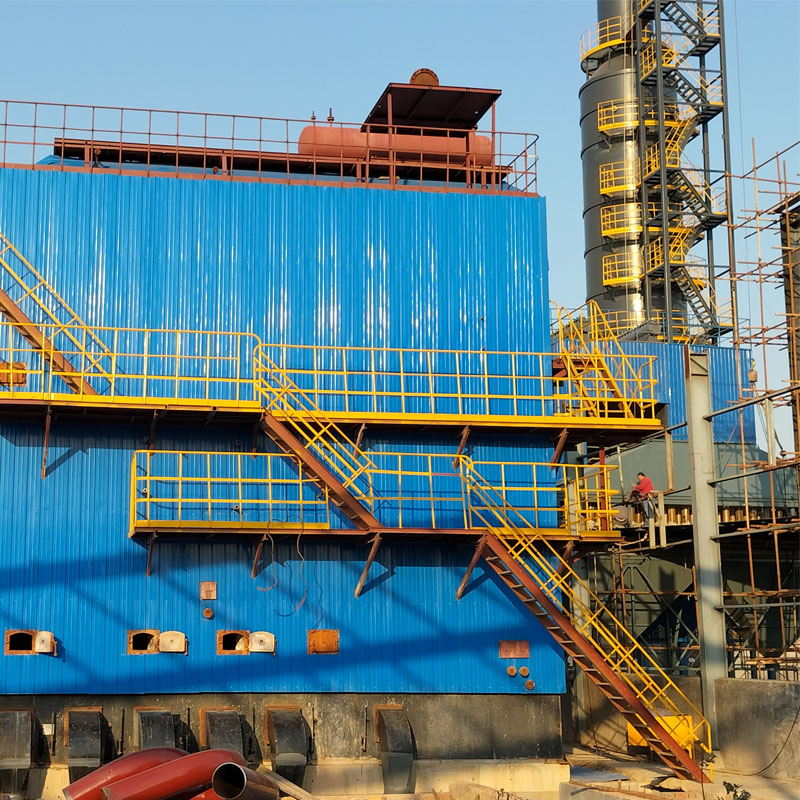
Feb . 03, 2025 05:39 Back to list
Oil-fired hot water boiler
Adjusting the temperature of your hot water boiler can significantly impact your energy bills, the comfort of your home, and your safety. Striking a balance between efficiency and comfort involves understanding the technicalities of your boiler system and taking safety precautions into account.
Regular maintenance plays a crucial role in optimizing your boiler's temperature settings. Ensuring your system is free of sediment build-up and that components like temperature sensors and thermostats are functioning correctly can guarantee more accurate temperature control. Annual inspections by qualified technicians can prevent malfunctions and improve the longevity and reliability of your system. Moreover, the climate you reside in can influence the optimal setting for your boiler. Colder climates may demand higher temperatures to cope with heat loss through walls and windows, while milder climates might allow for lower settings. Conducting a home energy audit can provide valuable insights into the insulation quality and efficiency of your heating setup, guiding you in making informed adjustments to your boiler's temperature. Integrating smart thermostats with your boiler system can also enhance control over your home's heating. These devices learn from your habits, precisely adjusting the heating based on your daily schedule, thereby conserving energy without sacrificing comfort. Some smart systems can even modify boiler temperatures in response to real-time weather conditions, ensuring optimal performance regardless of external temperatures. When setting your hot water boiler’s temperature, consider personal comfort levels, energy efficiency goals, system type, safety precautions, and climate conditions. Consulting with a heating professional to evaluate your specific needs and constraints ensures that you achieve the ideal balance between warmth, safety, and energy conservation. This approach not only enhances the comfort of your living space but also aligns with sustainable and cost-effective practices.


Regular maintenance plays a crucial role in optimizing your boiler's temperature settings. Ensuring your system is free of sediment build-up and that components like temperature sensors and thermostats are functioning correctly can guarantee more accurate temperature control. Annual inspections by qualified technicians can prevent malfunctions and improve the longevity and reliability of your system. Moreover, the climate you reside in can influence the optimal setting for your boiler. Colder climates may demand higher temperatures to cope with heat loss through walls and windows, while milder climates might allow for lower settings. Conducting a home energy audit can provide valuable insights into the insulation quality and efficiency of your heating setup, guiding you in making informed adjustments to your boiler's temperature. Integrating smart thermostats with your boiler system can also enhance control over your home's heating. These devices learn from your habits, precisely adjusting the heating based on your daily schedule, thereby conserving energy without sacrificing comfort. Some smart systems can even modify boiler temperatures in response to real-time weather conditions, ensuring optimal performance regardless of external temperatures. When setting your hot water boiler’s temperature, consider personal comfort levels, energy efficiency goals, system type, safety precautions, and climate conditions. Consulting with a heating professional to evaluate your specific needs and constraints ensures that you achieve the ideal balance between warmth, safety, and energy conservation. This approach not only enhances the comfort of your living space but also aligns with sustainable and cost-effective practices.
Share
Latest News
-
High-Efficiency Commercial Oil Fired Steam Boiler for Industry
NewsJul.30,2025
-
High-Efficiency Biomass Fired Thermal Oil Boiler Solutions
NewsJul.30,2025
-
High Efficiency Gas Fired Thermal Oil Boiler for Industrial Heating
NewsJul.29,2025
-
High-Efficiency Gas Fired Hot Water Boiler for Sale – Reliable & Affordable
NewsJul.29,2025
-
High Efficiency Biomass Fired Hot Water Boiler for Industrial and Commercial Use
NewsJul.29,2025
-
High-Efficiency Biomass Fired Hot Water Boiler for Industrial Use
NewsJul.28,2025
Related PRODUCTS
Copyright © 2025 HEBEI HONGZE BOILER MANUFACTURING CO., LTD. All Rights Reserved. Sitemap | Privacy Policy






















